Sugar is central to the evolution of the Negrense culture. Because of this industry, we get to see the affluence and the prosperity it has brought to the province. Some families of celebrity status—whether in the politics, the arts, and the high society come from the province of Negros. On the other hand, we were also a witness to the plight of lowly sacadas and sugar plantation workers who are important cogs of this industry.
While there is a big gap that seems to separate the ultra rich and the ultra poor in this part of the country, it is the cultural traits that bind them together. While they are sometimes regarded to have that lavish spirit, who enjoy having fun and the finer things in life, it is because Ilonggo people are highly motivated to succeed, educated, skilled, and very entrepreneurial. Fair enough, they work hard to enjoy the fruits of their labor.
Not only has the sugar industry shaped their socio-economic status, but sugar is very much a part of their life, particularly in their pastries and confectionary. Among other things, I would always look forward to the pasalubong treats like piaya (which now comes in different flavors), pinasugbo, and barquillos.
Because of some "friendly" connections, going to Silay City, Negros Occidental has allowed us and the kids to see how sugar is made. It was worth skipping the old buildings of Silay and almost missing the sunset at The Ruins. It was an educational trip for all of us, especially the kids who just loved observing the entire process.
However, we had a limited exposure because we did not have the chance to see the full production cycle, Why? First, we were “early” to observe it. The production stage was only up to the boiling of the cleaned up “sugar juice.” Second, there were sections that I could not photograph (like the warehouse full of 2 million sacks of raw sugar), and the raw sugar production process (which is an industry secret) and which we did not get to see because the refining stage has yet to start in about 2 hours after the last stage we saw. Nonetheless, the short trip was already overwhelming for me and the kids. It would have been nice, but I was able to see and photograph some interesting parts of the production.
Let me guide you through the photos.
Sugar stalks are being transported from the plantation to the sugar central. One will see rows of trucks filled with sugarcane stalks and dump them into this collecting bin equipped with a huge conveyor.
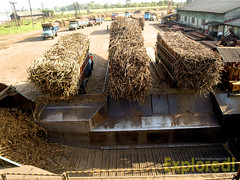

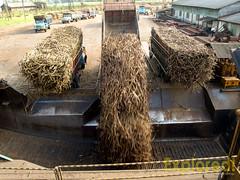
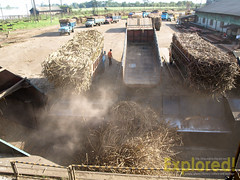
Sugarcane stalks are carried through a conveyor and washed to remove the dirt before they are pressed against the rolling crushers.
Then it is pulped, and juice is separated from the pulp. There are several stages to remove the pulp (until it is cleaned from impurities)
The pulp is separated from the juice. This conveyor leads to a dumping ground outside the plant.
The pulp goes through another process of drying and storage and being transported through a conveyor into a huge incinerator, which produces electricity for the entire plant, including the offices and housing units. I find this even more interesting than the sugar production itself. This incinerator applies a waste-to-energy technology (renewable energy technology or biomass RE) and produces 5MW power that it plans to sell power to its neighboring sugar mills. It has managed to control its effluents by recycling water to dissolve solid particles by spraying water on the dust, so what comes out of those huge exhaust pipes is just heat through steam. It would cost a lot to build this powerplant, and the management did not disclose how much but told us it is very expensive. However, they would prefer using their own power because it is much cheaper in the long run rather than buying it.
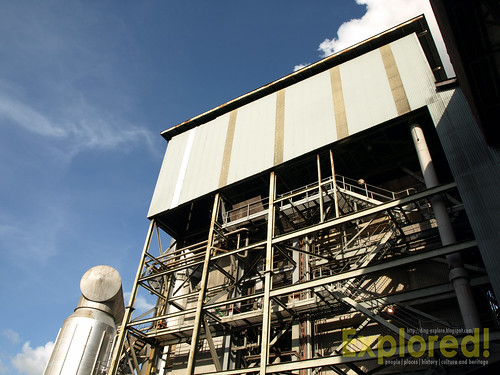 |
| The incinerator plant. |
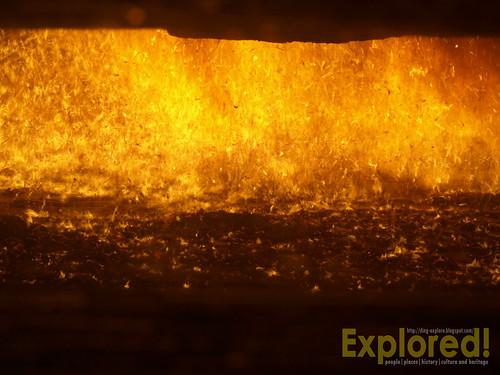 |
| How it looks inside the incinerator. Taken from a peeping/observation hole. |
Do you like this article? Like us on Facebook, too!

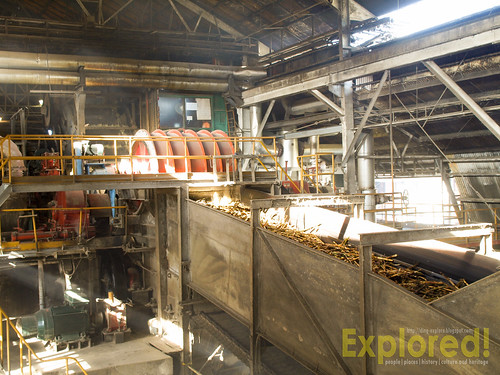
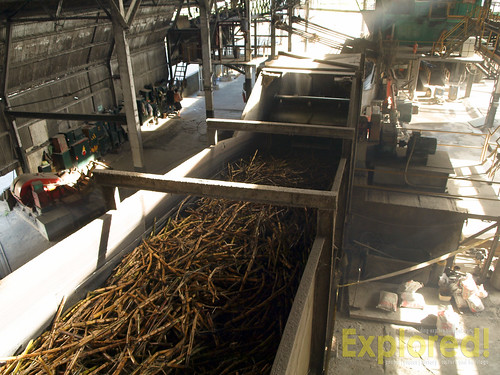

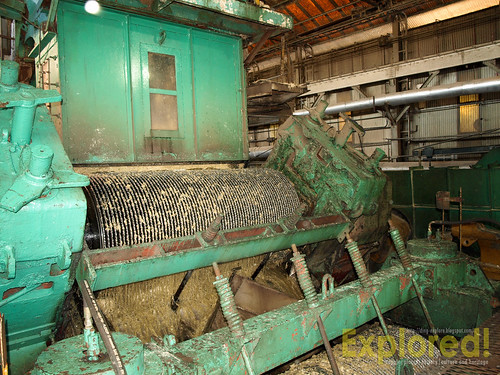
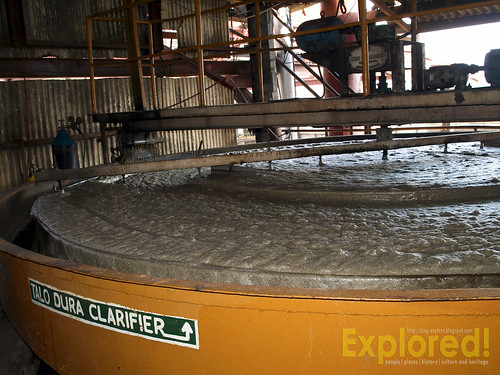
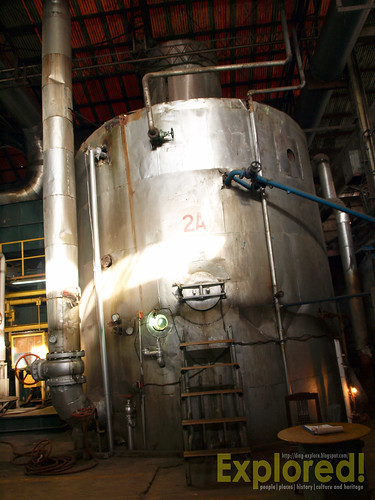
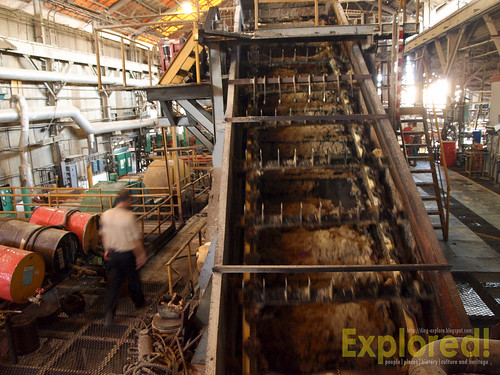

7 comments :
This is really an informative post. We have also a sugar milling site here in Bukidnon. :-).
Thanks, Bon!
buti ka pa sir nakapasok sa factory, when i last visited there, bawal kumuha ng photos. nice nice blog post. very informative!
buti ka pa sir nakapasok sa factory, when i last visited there, bawal kumuha ng photos. nice nice blog post. very informative!
james, former colleague kasi ng wife ko yung HR Manager...but there are sections not meant to be photographed.
now that's a really cool blog post. my type of travel blog. astig feature.
it's good to find a good blog like this.
Thank you, Dong Ho!
Post a Comment